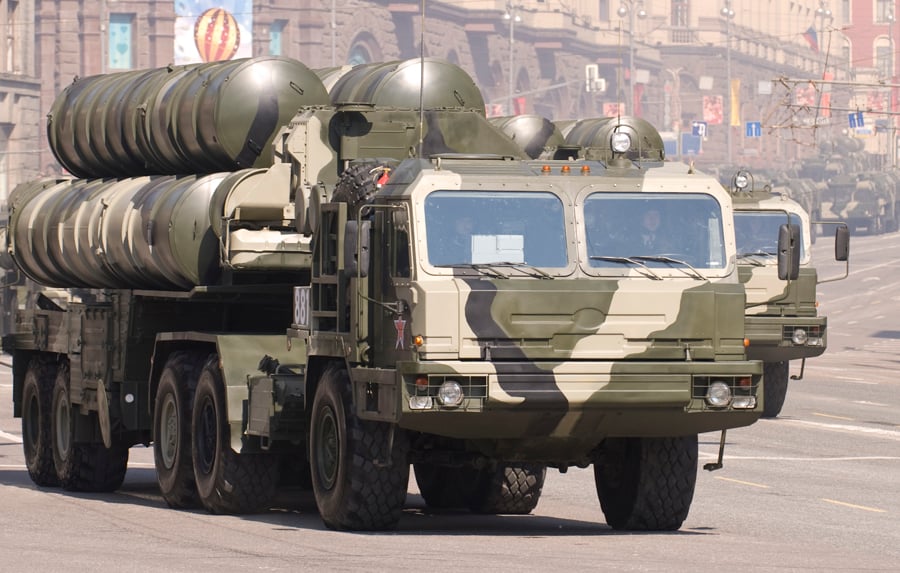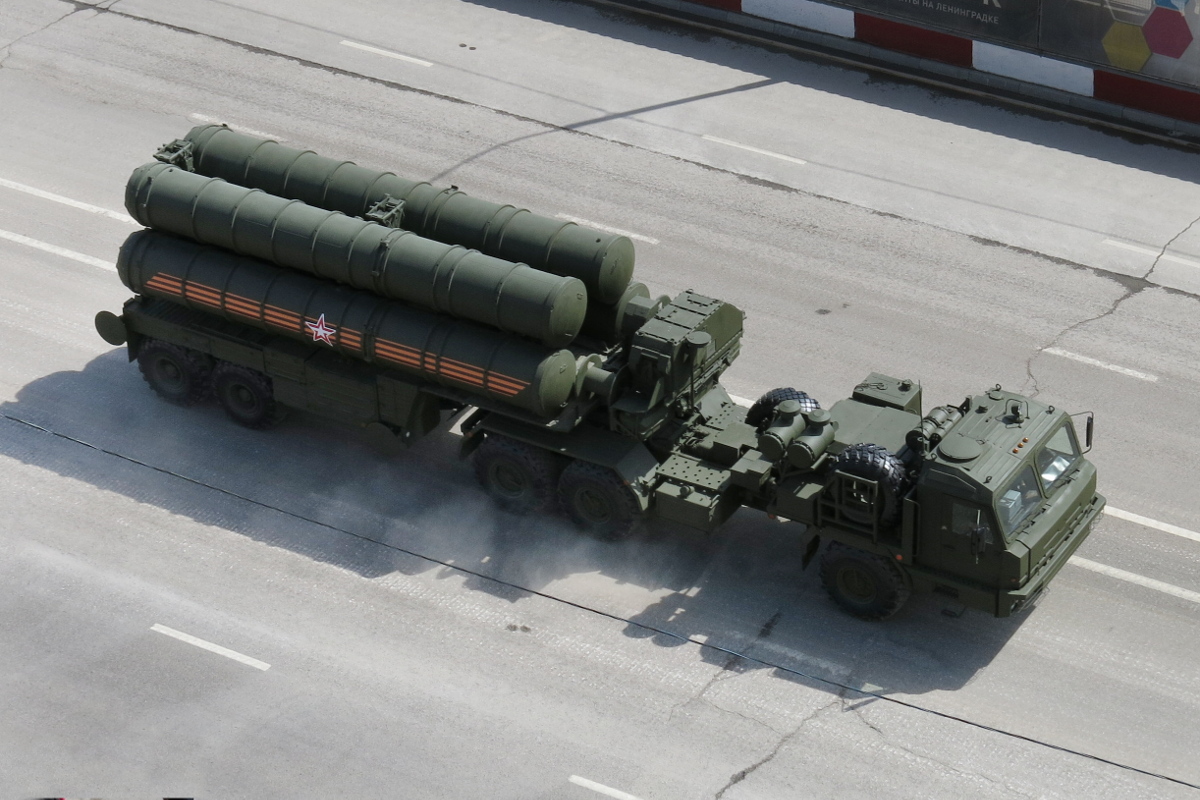
Turkey is “ready” to use the Russian-made S-400 missile defense system if the country is threatened, said Turkey’s Minister of National Defense Hulusi Akar on Tuesday, November 22.
“The S-400 is in place and ready for use. It has a transfer time. After that, everything will be ready in an hour. If such a threat develops in any way, we will take it and use it after deciding where our country’s air defense will be,” Akar told the planning and budget committee.
Turkey signed a deal with Russia to purchase S-400 missile systems in late 2017, despite objections from the US and NATO allies. The deal continues to be a source of disagreement between Ankara and Washington.
US response
Further dealings between Turkey and Russia in the defense sector pose the risk of incurring sanctions, said a spokesperson from the US State Departmentment on November 23.
NATO allies, including Turkey, are heavily discouraged from purchasing military equipment from Russia. This is to avoid dependency on Moscow, particularly in light of the war in Ukraine.
Ankara’s decision to procure the S-400 in 2017 directly contradicts commitments made by all NATO members at the 2016 NATO summit in Warsaw, said the State Department representative. At the summit, NATO allies agreed to avoid purchasing Russian military hardware.
In 2020, the US imposed sanctions on Turkey for the S-400 purchase. However, this has not deterred Turkey from considering a second purchase of the Russian-built S-400 system.
In September this year, US Senator Bob Menendez warned Turkey against further purchases. Now, Turkey runs the risk of incurring further US sanctions if it procures more Russian equipment.
The state Departmentment spokesperson said that the US might be forced to sanction Turkey again via the federal law Countering America’s Adversaries Through Sanctions Act (CAATSA).
Nevertheless, Turkey’s defense minister insisted, “We have no problems with the S-400.”
The S-400 Missile Defense System
The S-400 Triumf is a mobile surface-to-air missile system (SAM) developed by the Russian firm Almaz Central Design Bureau for Marine Engineering. It was designed in the 1990s to replace the aging S-300. It was brought into service in 2007.
The Russian-built SAM system is compromised of several components which work in tandem to produce an air defense capability from the ground.
The S5K6E is the S-400’s mobile command and control (C&C) post. The Russian version is attached to a Ural 532301 truck but other users will mount it on vehicles in service within their own militaries. From the C&C post, each stage of action is directed, from the detection of a threat to the launching of missiles.
The 91N6E radar is used to scan for potential threats in the air. It can reportedly track 300 targets simultaneously, up to a range between 400 and 600km (249-373 miles). Targets using stealth are harder to discover and can be detected at a range of 150km (93 miles).
92N6E is the main fire control radar of the S-400 system. Two optional engagement radars – the 96L6E and the 40V6MR – allow the system to detect targets at different altitudes. This includes aircraft flying at low altitudes and using terrain features to mask their location. The radar has a range of 400km (249 miles).
The S-400 is compatible with four different types of missiles. These are the 9M96E short-range missile, the 9M96E2 medium-range missile, the 48N6 long-range missile, and the 40N6E very long-range missile.
The S-400’s missiles have ranges between 40 and 400km (25-249 miles). A launch vehicle carries the missiles which are fired from four silos.

Turkish acquisition and the F-35 debacle
In 2017, Russia agreed to deliver the S-400 system to Turkey in a deal amounting to $2.5 billion. Turkey received its first delivery in 2019.
Ankara’s decision to acquire the S-400 complicated its relationship with Washington. Turkey was an early partner in the F-35 multirole combat aircraft program and had planned to purchase at least 100 units from the US. However, the US was forced to expel Turkey from the F-35 program due to the S-400 deal it made with Russia.
US and NATO officials were concerned that Turkey’s S-400 posed a security threat to the F-35 program. NATO member militaries use a tactical data link and Identification Friend or Foe systems (IFF) to identify friendly aircraft in the sky.
If Turkey acquired both the S-400 and the F-35, the S-400 would have to be fitted with these identification systems to enable the F-35 to safely fly within range of Turkish SAM systems.
However, because the S-400 is a Russian-built system, the integration of a tactical data link and IFF could expose sensitive information. This could compromise the F-35’s stealth capabilities.
Recent developments
Earlier in 2022, officials in Washington informally suggested that Turkey send some of its S-400 missile systems to Ukraine to help Kyiv defend against Putin’s invasion. The possibility of this is distinctly low.
Turkey has maintained an ambiguous position on the Ukraine conflict. Ankara’s albeit complex relationship with Moscow remains friendlier than other NATO nations.
Speculation continues as to whether Turkey will make a second purchase of the S-400 system, against US and NATO interests.
Meanwhile, Greece has positioned itself to join the F-35 program. The Hellenic Air Force might operate 20-40 aircraft if a purchase goes ahead. At the same time, Greece has lobbied the US to restrict sales of the older but battle-tested F-16 to Turkey.
See all the latest news from Greece and the world at Greekreporter.com. Contact our newsroom to report an update or send your story, photos and videos. Follow GR on Google News and subscribe here to our daily email!



